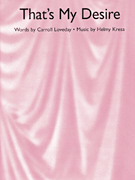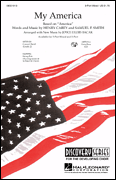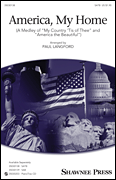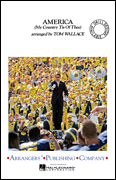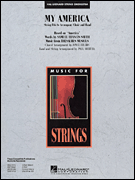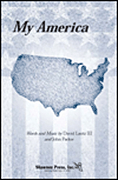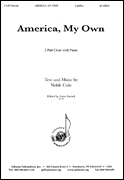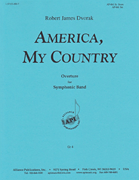Search Results for: “My America”
Loading...
My Country, 'Tis Of Thee (America) View 211 Products
Amazing Grace (My Chains Are Gone) View 106 Products
Best Day Of My Life View 65 Products
My Lord, What A Morning View 54 Products
Rock-A-My Soul View 51 Products
All My Trials View 48 Products
Over My Head View 31 Products
Didn't My Lord Deliver Daniel? View 28 Products
America, I Give My Thanks To You! View 20 Products
When I Can Read My Title Clear View 18 Products
Were You There When They Crucified My Lord? View 16 Products
I'm On My Way View 12 Products
Hear My Prayer View 9 Products
Dirty Little Secret View 5 Products
Hush My Babe View 5 Products
My America View 4 Products
All My Sins Been Taken Away View 4 Products
My Good Lord's Done Been Here View 4 Products
Guide My Feet View 3 Products
My Home's In Montana View 2 Products
Tryin' To Make Heaven My Home View 2 Products
My Song In The Night View 1 Product
America, The Beautiful/My Country, 'Tis Of Thee (America) View 1 Product
My Country 'Tis Of Thee (America) View 1 Product


